We may receive a commission when you use our affiliate links. However, this does not impact our recommendations.
While I wait for the homemade stopping to set on my boarded chest project, I’ve allowed myself an attempt at making a plane. A pair of wooden planes caught my eye on eBay and I took a punt on them. They looked good to the eye but the photos were quite poor and to be honest, I should of asked more questions as they turned out to be a little rough and ready. The silver lining was they were made by the very reputable planemaker Alexander Mathieson & Son. The try plane is solid and with a few basic steps is a good user. The jack, however, needs a bit of love.
The jack in question has a 2″ iron and a closed handle. The mouth is open and it feel like an ideal first plane to the wood. Although the plane is beaten, the biggest problem is the broken handle; with that sorted it would be fine but I had a nice bit of quartered beech at my disposal that was leftover from a table commission and I could not resist attempting to make a copy. This narrower jack makes sourcing wood much easier. Wider jacks and just about all trying planes need stock beyond 3″ in thickness and it is less easy (although not impossible) to find in a specification suitable for planes.
Having a plane to copy makes setting out and applying details as easy as it can be and I’d recommend finding a good plane to copy. I had thought about making a smoother first; if this attempt is acceptable I might just have a go at that, too. However, the wider mouth of this jack enticed me because I hope it will be a touch more forgiving to make.
If I had any sense I would have done a practice run a few times on some scrap timber because it strikes me that practice, practice, practice is needed to get swift with this process. It’s only by walking a mile (or in this case stumbling a few hundred yards) in someone else’s shoes do you fully appreciate any process of creating something, and this is no different. Yes it’s about setting out, working to a line etc., but I’ve found chopping the mouth a test. I’m thankful, too, you can still buy floats; using them will be something new to me and I’m looking forward to trying them out. I know already that I’ll be lucky to come even remotely close to the quality of the Mathieson plane when I’m done – but it’s going to be fun trying!
— Graham Haydon
Here are some supplies and tools we find essential in our everyday work around the shop. We may receive a commission from sales referred by our links; however, we have carefully selected these products for their usefulness and quality.



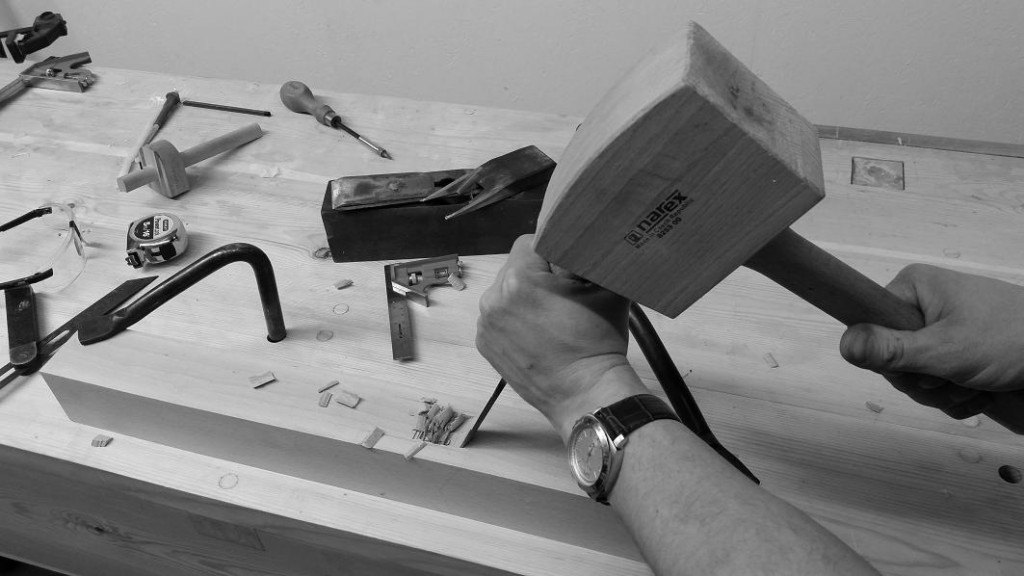
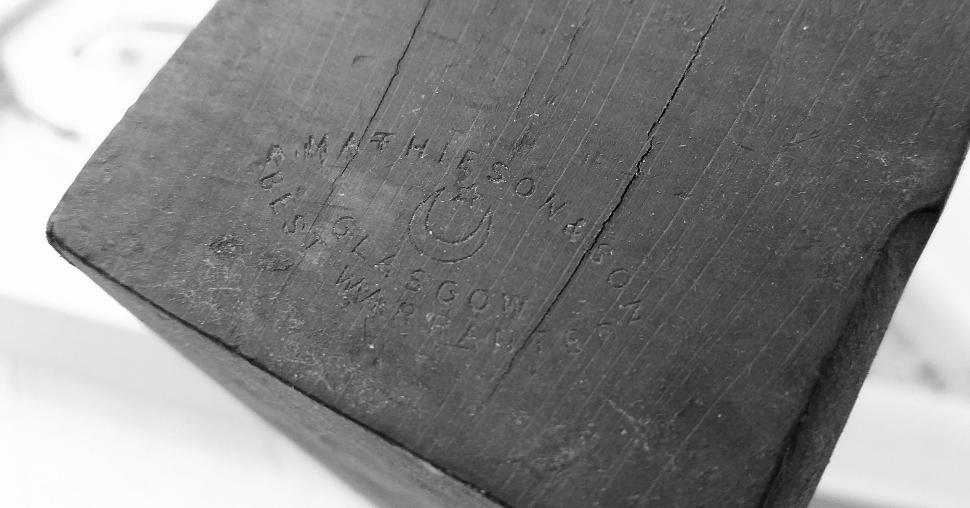
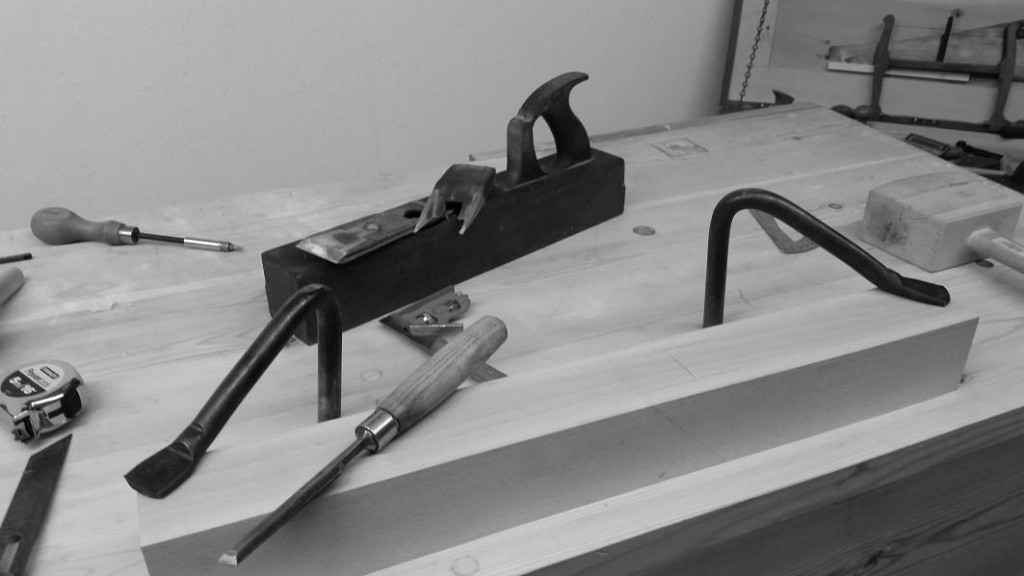
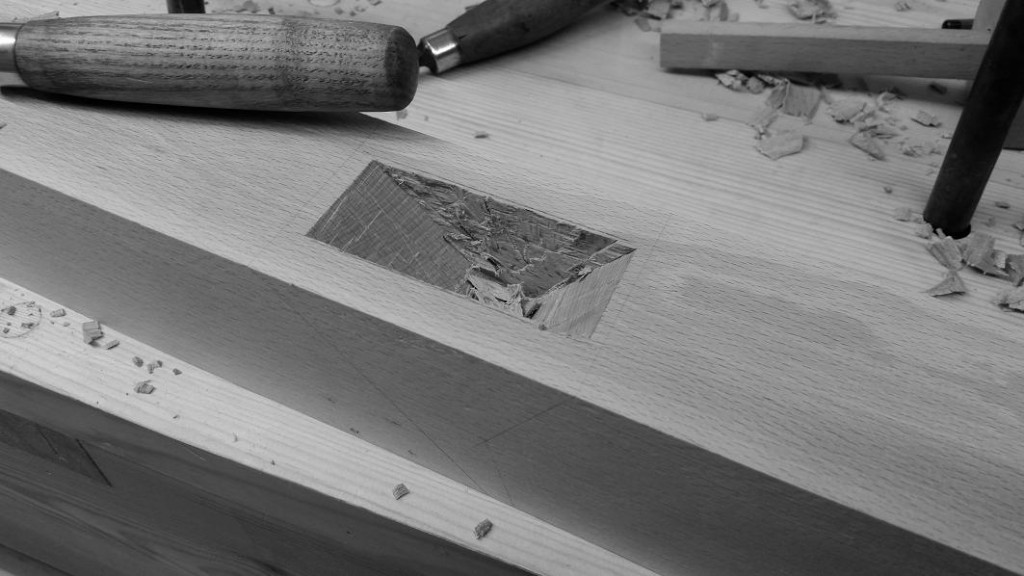




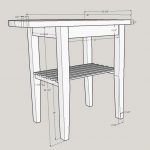

I have a large number of solid wood body planes, from smoothing planes to a 36-inch jointer. Most are in very good condition since I purchased them in Michigan in the early 1980’s from former furniture workers that had retired. Some had worn soles, and the craftsman had inset rosewood, or another hard wood to close the mouth. I have always wanted to make one, and purchased a plow plane to use as a example. It is badly damaged and beyond repair, but is good enough for a good copy. However I have never been able to find apple wood or the beech wood needed to make the plane and related parts. I am also looking for boxwood for some parts that need replaced, and can’t find it. Any one have any leds they can give me? Thanks. Good luck on your plane, looks just fine to me, and I think it will turn out just fine. Don’t hurry, most of my mistakes are made if I hurry, or if I am tired. If you don’t have a stamp to put your name on the front, consider using a woodburning pen to do so, it will look fine, and is better than nothing.
I highly recommend watching Bill Anderson’s “building a Traditional 18th-century jointer Plane”. He gives excellent instructions on all phases of making the plane.
I have read that laminated planes do not let the wood breathe properly because moisture will be impeded by the glue layers. This could cause cracking and splitting. Don’t be freaked out over making your own irons for H&Rs. I have re shaped irons that I have bought on-line and made irons from scratch for the half set of H&R’s that have made. I was going to make maybe three sets of moulding planes and ended up making a complete half set and a right and left set of snipes bills. As I have explained to Meagan, chopping the mortise is probably the hardest part, but that is just about the only part that takes any time. I spent a few days prior to starting the moulding planes, making my own edge and face floats. The “home blacksmithing” of annealing, shaping, hardening and tempering isn’t that difficult for the average woodworker.
I built a smoothing plane from some plans. Not as hard as I imagined it would be. It was made from hard maple with, if I remember correctly, cocobolo laminated to the bottom. After building, and enjoying, this small plane I convinced my wife to buy a pair of plane maker floats for my Christmas present. I have used these floats many times since. The floats are very handy for getting into tight spaces.
I will look forward to seeing this one finished Graham. Way beyond my skill level buddy.
I, too, am looking for an excuse to purchase some plane floats, though I would like to use them to make a set of hollows/rounds. Do you find an advantage over building a plane out of a solid block rather than laminating the body? I mean that not so much in the building sense, but in the functionality of the plane. I realize that you are attempting to make a reproduction, so I just ask that question in general.
Thanks.
Bill